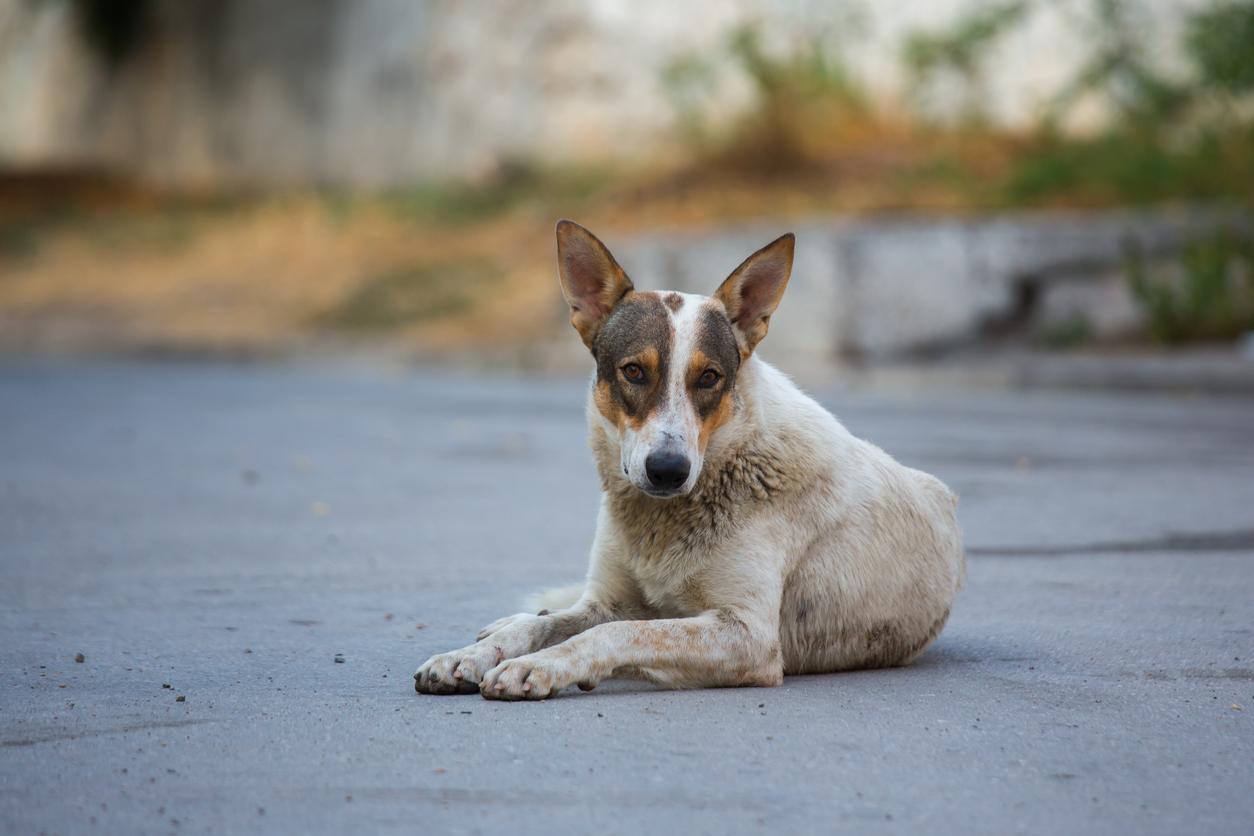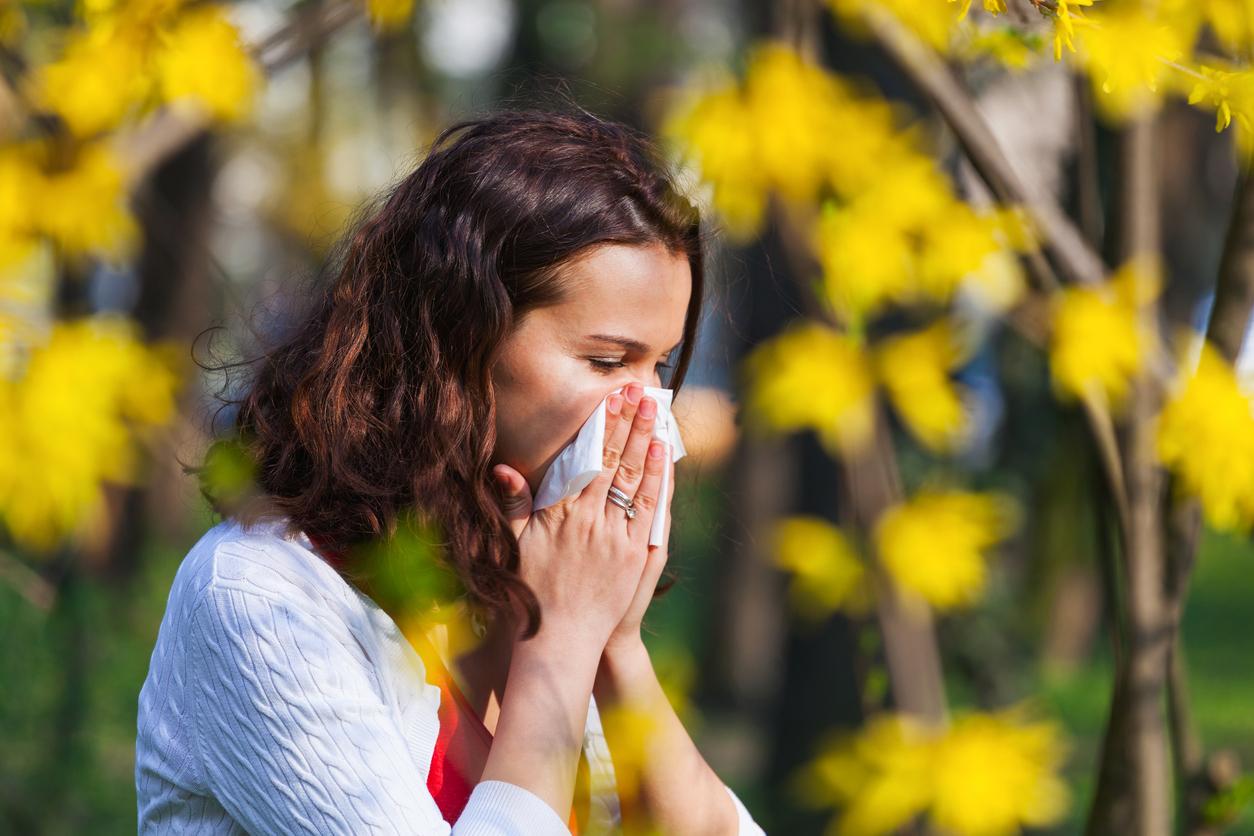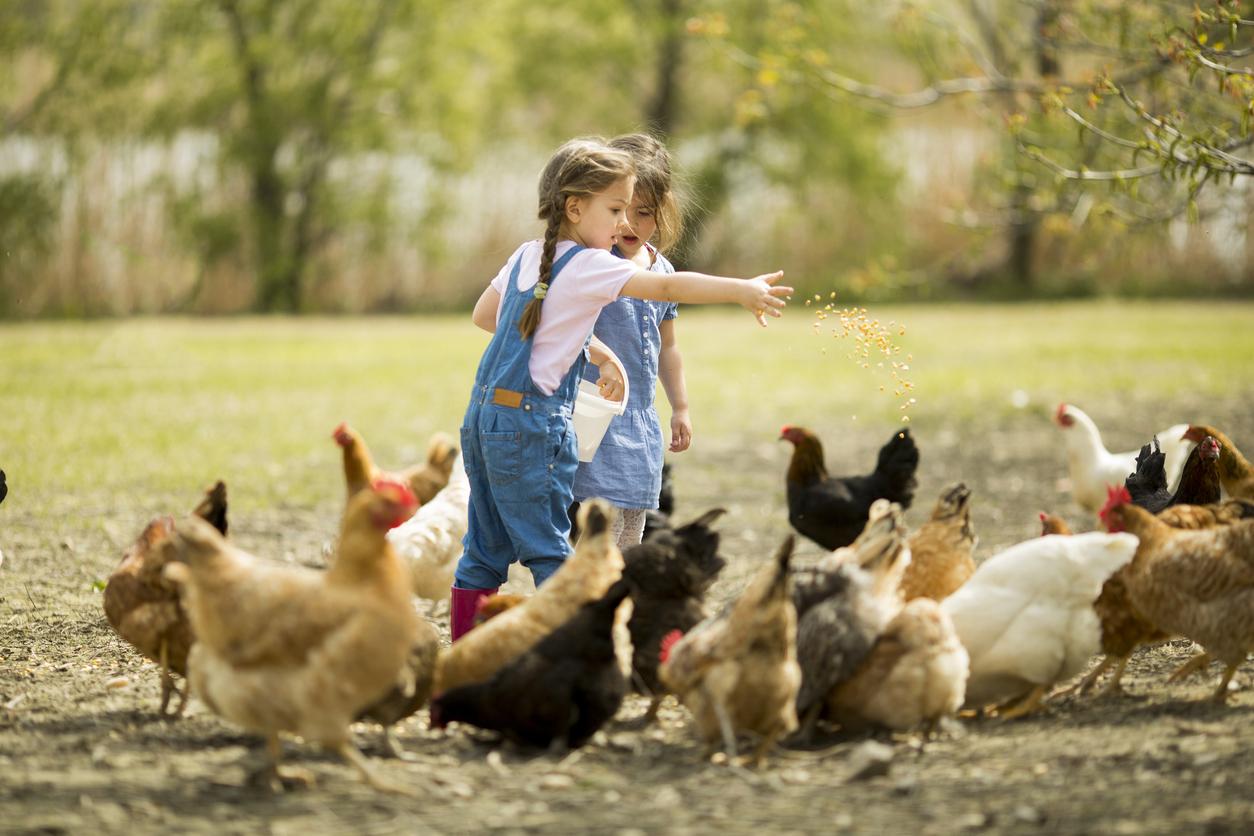In Rhône-Alpes, the number of ragweed allergies has doubled since 2004. Before the pollen season, a risk monitoring committee proposes a 5-point control plan.

Mugwort-leaf ragweed (Ambrosia artemisiifolia L.) is commonly referred to as “weeds”. Its pollen causes allergic reactions in many people. According to’Ragweed observatory, 6 to 12% of the population is susceptible to ragweed. Perhaps because it only takes 5 grains of pollen per cubic meter of air for symptoms to appear. A worrying finding when you know the plant is invading France. Suddenly, the prevalence of allergies is skyrocketing.
Up to 16% allergic
Indeed, the results of the study carried out by the Rhône-Alpes Regional Health Observatory, a strongly affected region, show that the signals are red.
Published on Thursday, they reveal that the number of people with allergies has doubled since 2004 in this region. Thus, in areas heavily impacted by ragweed, people with allergies represent around 16% of the population (against 13% on average). In addition, the number of medical consultations is on the rise and observers note a proliferation of the plant in areas previously protected. Today, the report concludes that “both urban and agricultural areas are affected. “
A five point plan
Faced with this situation, the Parliamentary committee for monitoring the ambrosia risk recalls the absolute need to fight against this plant. “The situation in France should not resemble that of Hungary where 50% of the territory is affected by the plant,” he writes. According to the Committee, the keys to the success of the ragweed control plan require concerted action in five points:
1 – A concrete objective must be defined to be shared by all. The Parliamentary Committee proposes: “The fight against ambrosia aims to interrupt the plant’s reproductive cycle and to prevent the dispersal of seeds in order to gradually reduce the stock of seeds present in the soil. “
2- The fight must be coordinated. Only the prefect can have the necessary authority to ensure this coordination of actions and mobilize the multiple actors. Like Isère, Drôme or even Ardèche, where prefectural decrees have been taken.
3- Communal ambrosia referents must be appointed and trained to implement the fight plan at the level of the commune.
4- Chambers of agriculture must ensure the implementation of good agricultural practices. If ragweed affects all environments (urban and agricultural), it appears that ragweed pollen comes from agricultural surfaces. Farmers are the first to be affected.
5- Particular attention must be paid to watercourses since we note the impossibility of using phytosanitary products in this case and a replenishment of ragweed seeds by natural runoff.
.

















